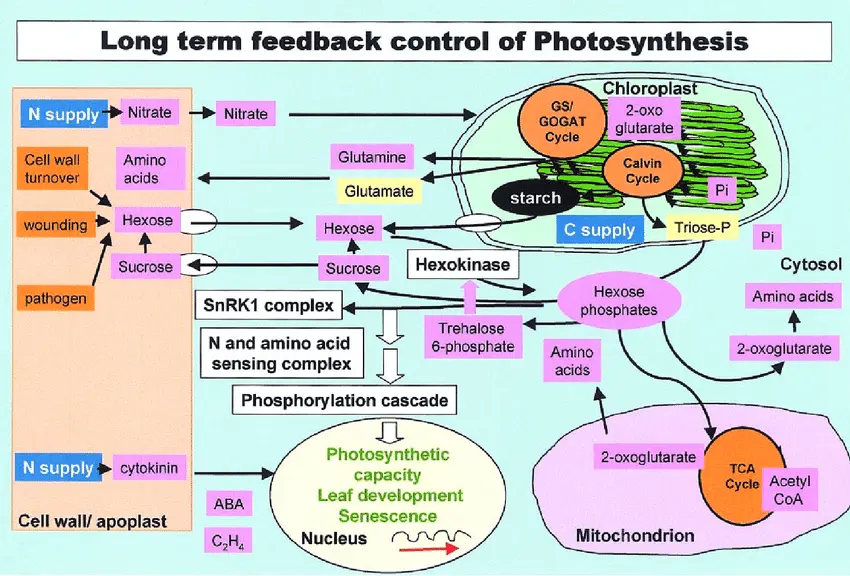Molecular Insights into the Dynamic Regulation of Photosynthesis
Photosynthesis is the fundamental process that allows plants, algae, and some bacteria to convert light energy into chemical energy. But photosynthesis is not a static process — it is highly dynamic and finely regulated to adapt to changing environmental conditions such as light intensity, temperature, and water availability.
At the molecular level, plants have evolved complex regulatory networks that control the efficiency of photosynthesis. For example, they can adjust the opening and closing of stomata to balance CO₂ uptake with water loss. Inside the chloroplasts, proteins like light-harvesting complexes and photosystems respond to excess light by triggering protective mechanisms like non-photochemical quenching (NPQ) to dissipate extra energy as heat and prevent damage.
Additionally, various signaling pathways involving hormones and reactive oxygen species help plants sense stress and activate genes that modulate photosynthetic enzymes. Advances in molecular biology, genomics, and proteomics have allowed researchers to identify key genes and proteins involved in these pathways. Understanding these dynamic regulatory mechanisms helps scientists develop crops that are more resilient to climate change and can maintain high productivity under stress.
In summary, the dynamic regulation of photosynthesis is a fascinating example of how plants use sophisticated molecular tools to optimize energy capture and survive in a fluctuating environment. Ongoing research continues to shed light on these processes, opening the door to innovative agricultural and biotechnological applications.
